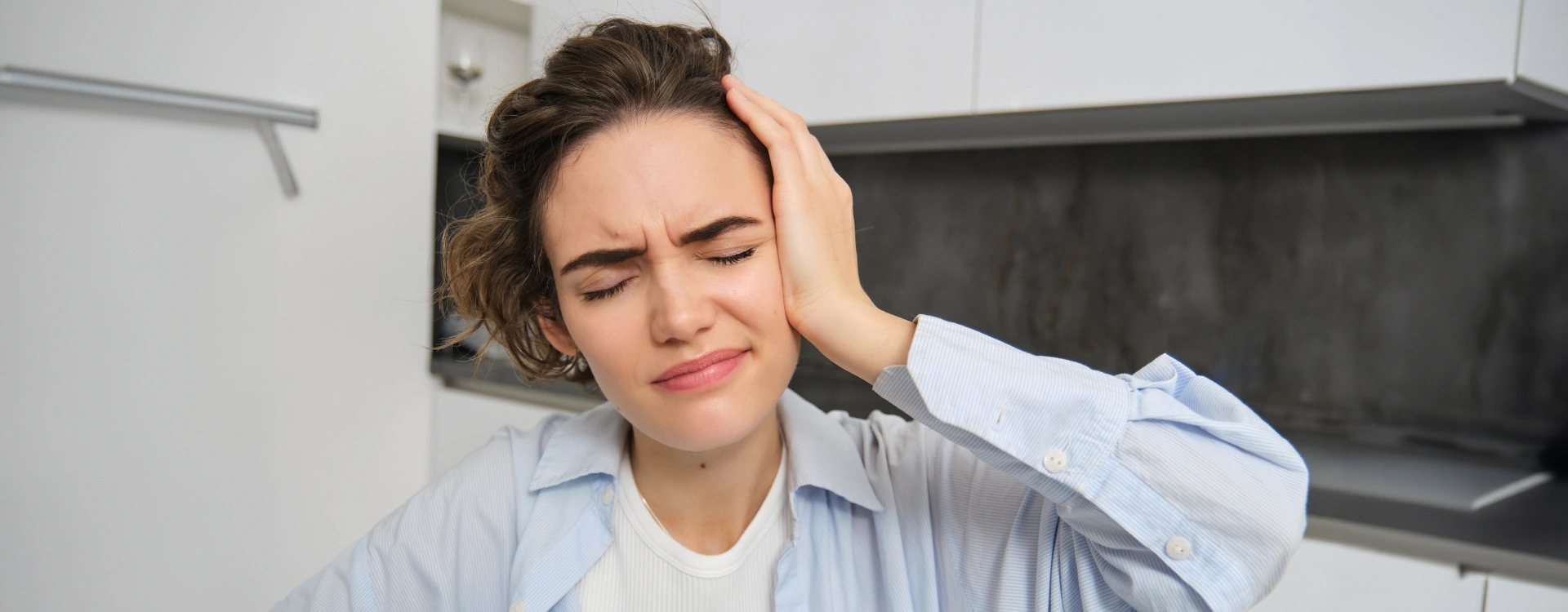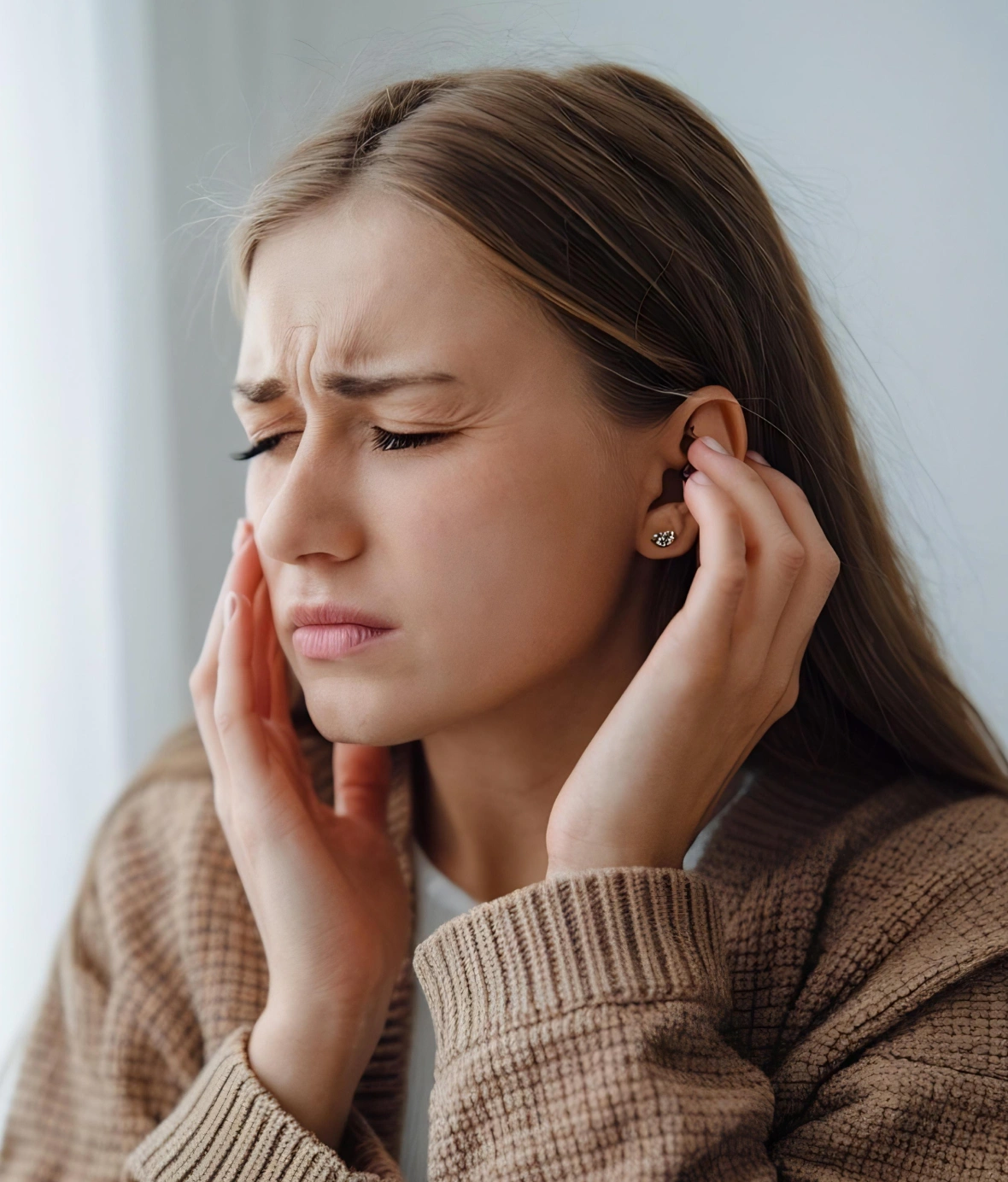Best Bell’s Palsy Treatment in Gurugram

Bell’s Palsy is a condition that causes sudden weakness or paralysis of the facial muscles, making it difficult to smile, blink, or even close one eye. This condition is often caused by nerve inflammation, viral infections, or immune system dysfunction. Without proper treatment, Bell’s Palsy can lead to prolonged facial weakness, asymmetry, and difficulty in performing everyday facial movements.
At Painflame, we offer specialized Bell’s Palsy treatment in Gurugram, using a combination of physiotherapy, chiropractic care, manual therapy, and neuromuscular rehabilitation to restore facial muscle function naturally. Our non-invasive therapies help reduce inflammation, improve nerve function, and accelerate facial muscle recovery without relying on long-term medication or invasive procedures.
Our treatment approach focuses on stimulating facial nerves, improving muscle strength, and enhancing coordination, ensuring faster and more effective recovery. Whether Bell’s Palsy is affecting one side or both sides of the face, our customized therapy sessions help restore facial symmetry and normal expressions.
What Causes Bell’s Palsy?
Viral Infections
Viral infections like herpes simplex, Epstein-Barr, and varicella-zoster cause facial nerve inflammation, leading to weakness, paralysis, and slow nerve recovery, affecting facial movements and expressions.
Autoimmune Response
Autoimmune conditions like Guillain-Barré syndrome may attack the facial nerve, causing swelling, nerve compression, and muscle dysfunction, leading to weakness, paralysis, and long-term facial issues.
Poor Circulation
Conditions like diabetes, hypertension, and vascular disorders reduce blood flow to the facial nerve, leading to nerve dysfunction, prolonged facial weakness, slow healing, and delayed recovery.
Stress & Cold
Sudden cold exposure, chronic stress, and facial trauma weaken the immune system, increasing nerve inflammation, muscle paralysis, and recovery time, affecting normal facial function.
Signs You Need Bell’s Palsy Treatment
Sudden Facial Weakness or Drooping
If one side of your face suddenly becomes weak or droops, it may indicate facial nerve inflammation or Bell’s Palsy. Seeking early treatment can prevent permanent muscle dysfunction.
Difficulty Blinking or Closing One Eye
Inability to close one eye properly or excessive tearing can result from nerve impairment. This may cause dry eye complications and discomfort, requiring immediate intervention.
Loss of Taste & Facial Numbness
Many individuals experience partial loss of taste or a tingling sensation on the affected side. These symptoms signal facial nerve involvement and should be treated promptly.
Drooling & Slurred Speech
Weak facial muscles may lead to drooling, difficulty speaking, or trouble drinking liquids. Strengthening facial muscles through therapy can help restore normal function.


Non-Surgical Solutions for Bell’s Palsy Recovery
Physiotherapy & Facial Rehabilitation
Physiotherapy restores facial muscle strength, flexibility, and movement using neuromuscular re-education, targeted facial exercises, and massage techniques. It improves nerve function, prevents long-term facial asymmetry, enhances coordination, and accelerates recovery, helping patients regain natural expressions and control.
Chiropractic Care & Nerve Stimulation
Chiropractic adjustments reduce nerve compression, improve blood circulation, and enhance nerve regeneration, promoting faster recovery and reduced inflammation. This therapy helps restore facial muscle function, regain lost expressions, and prevent chronic stiffness, allowing better facial coordination and long-term improvement.
Manual Therapy & Myofascial Release
Manual therapy techniques like soft tissue massage, lymphatic drainage, and myofascial release help relieve facial stiffness, improve elasticity, and stimulate nerve repair. By enhancing circulation, reducing muscle tension, and promoting natural healing, these therapies accelerate recovery and prevent long-term facial dysfunction.
Strengthening & Preventing Future Bell’s Palsy Episodes
While Bell’s Palsy often resolves within weeks, proper preventative care, muscle strengthening, and nerve rehabilitation are crucial to prevent recurring episodes, facial muscle stiffness, and long-term weakness. Regular facial exercises, stress management, and improved circulation help support nerve health and faster recovery for lasting results.
Facial Muscle Strengthening
Gentle facial exercises and resistance training improve muscle coordination, tone, and facial symmetry. Consistent therapy prevents residual weakness and long-term dysfunction.
Nerve Stimulation & Relaxation Techniques
Stress can trigger nerve dysfunction. Acupuncture, meditation, and relaxation techniques improve nerve health, prevent relapses, and enhance overall recovery.
Posture & Blood Circulation Improvement
Correcting neck and spinal alignment reduces nerve compression and improves blood flow to the facial nerve. Maintaining good posture and avoiding cold exposure can help prevent future Bell’s Palsy occurrences.

Frequently Asked Questions
What are the common causes of Bell’s Palsy?
Bell’s Palsy is caused by viral infections, nerve inflammation, autoimmune disorders, poor circulation, stress, and cold exposure. It affects the facial nerve, leading to temporary paralysis.
How long does Bell’s Palsy take to recover?
Most cases improve within 3 to 6 weeks, but full recovery can take up to 6 months. Early treatment with physiotherapy and nerve stimulation accelerates the healing process.
What are the best non-surgical treatments for Bell’s Palsy?
Physiotherapy, chiropractic adjustments, facial muscle therapy, acupuncture, and relaxation techniques help restore facial function naturally, reducing the need for medications or surgery.
Can Bell’s Palsy be treated without medication?
Yes, targeted exercises, manual therapy, and nerve stimulation can improve recovery without medications. However, in severe cases, anti-inflammatory treatments may be prescribed initially.
How can I prevent Bell’s Palsy from recurring?
To prevent recurrence, boost your immune system, reduce stress, improve circulation, and practice facial exercises. Avoid prolonged cold exposure and maintain good spinal posture for better nerve function.

